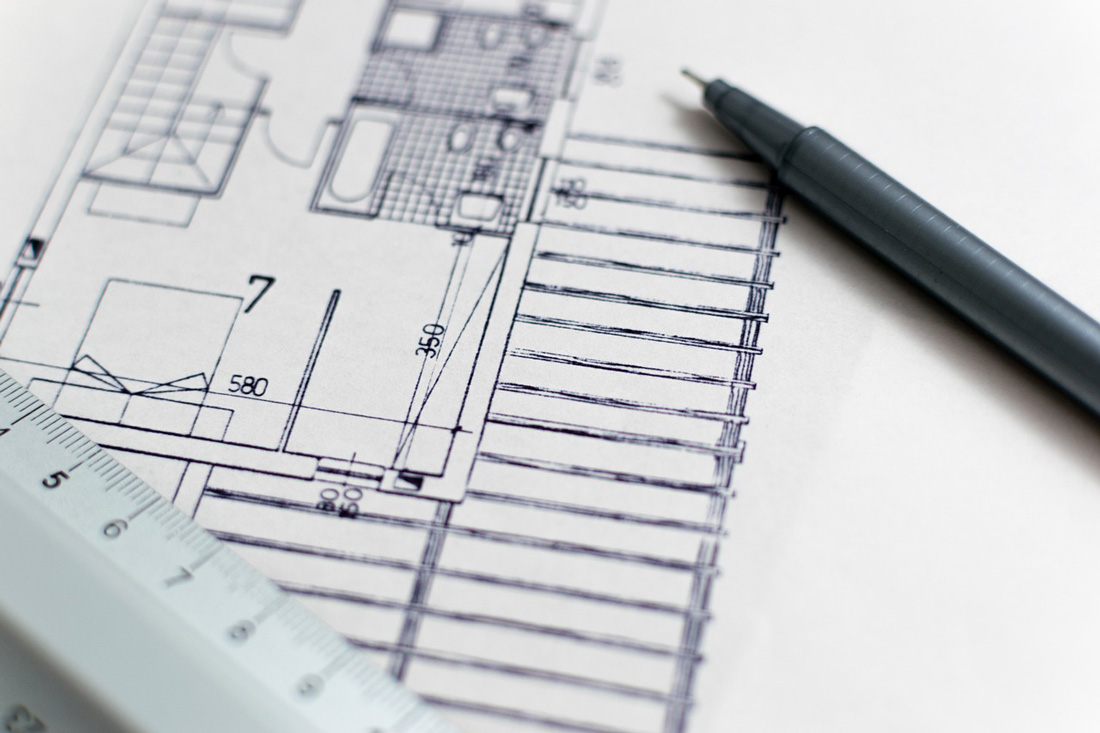Designing your premises when starting a new business is a critical step that requires careful thought and planning. Your premises represent your brand, values, personality, and customer experience. Therefore, keeping in mind certain vital things is essential when designing new office space that meets your needs and those of customers. This blog post will highlight key considerations to help create an inviting place that connects with customer perceptions and experiences.
Beginning With a Plan
Before designing your new business premises, you must create an actionable plan. First, establish your desired goals for this space by considering its intended function – retail store, office space, or manufacturing plant. Next, think carefully about your number of employees, customers, and what products or services will be offered – the more detailed your plan, the easier it will be to design an environment tailored specifically for you!
Establish Your Brand
Your business premises should reflect your brand and values. Before designing, it is crucial that you fully comprehend your brand’s personality, tone, and style – it should communicate its essence through every element, from colors to furniture. Take time to identify what your brand means to customers as well as any messages you want them to take away – for instance, if running a luxury fashion store, you may wish to create an environment that exudes elegance, while sports stores typically require energetic environments with sporty elements – understanding your brand will allow you to make design decisions which accurately represent its image while communicating your message directly.
Functionality
Functionality should be at the forefront of your new business premises design process. Your space should support both your operations and customers’ needs. Consider things such as traffic flow, furniture placement, and fixture placement, as well as how easily customers and staff can move through your space. For instance, when running a restaurant, you should place the kitchen in an accessible spot so staff can quickly access it while also considering the dining area layout, table, chair placement, and ease of movement for both staff and customers.
Your business premises should provide customers with an inviting and welcoming experience, from lighting and color scheme, decor elements such as yellow, orange, and red hues that create an inviting ambiance, to good lighting fixtures for creating a friendly and warm atmosphere. Furthermore, artwork, plants, or signage are great additions to this welcoming ambiance.
Accessibility For Customers and Employees
Your premises must be easily accessible for both customers and employees, with plenty of space to move freely within. When designing large areas like an office or retail outlet, take note of how best to arrange rooms and departments based on movement requirements; keep parking and public transport accessibility in mind so everyone can easily reach you.
Safety And Security
Safety and security must be of top importance when designing new business premises. Be sure that it includes fire alarms, smoke detectors, fire extinguishers, security cameras, alarm systems, and locks in order to protect yourself and your assets against theft or vandalism while meeting guidelines ensuring accessibility for all of your customers.
Focus On Sustainability
Sustainability has become an ever-increasingly pressing concern, so any new business premises must be designed with this in mind. When choosing eco-friendly materials such as recycled wood, bamboo, or natural stone for design purposes, it should also be taken into consideration. In addition, energy-efficient lighting and HVAC systems can help reduce energy consumption, as well as green roofs or walls, which reduce carbon emissions while contributing to creating a healthier environment. Plus, you will attract more customers if they know your business supports sustainability.
Zoning for Construction
It is vitally important that your premises have adequate zoning for construction and safety. Plan an escape route in case of emergency as well as areas in which building work can take place without interrupting normal business operations.
Hire Experienced Contractors
Establishing your new business premises is a monumental task that should only be performed by experienced professionals. Working with contractors who understand your vision can make all the difference when designing it from the ground up. Also, keep your landscaping needs in mind; MasterScapes® offers outstanding landscape and design services, and their team can assist in creating vibrant outdoor areas to complement the rest of the space.
Plan for Growth
When designing new business premises, it is crucial to anticipate growth. Consider how your business could expand over time and design an area that can support that expansion; you may require leaving some extra room or considering modular designs, which allow your company to be expanded as necessary easily. Planning for growth can save time and money in redesign or relocation costs later on.
Establish a Comfortable Work Environment
Your business premises should offer your customers and employees an environment conducive to productivity, comfort, and job satisfaction. Consider your workspace layout, furniture choices, lighting, and temperature conditions when setting the stage for this environment. For example, ergonomic chairs, desks, and other furniture can help reduce discomfort while increasing productivity and job satisfaction; plus, reasonable lighting control allows for boosting employee morale and output.
Your Employees Need Space Now
As part of designing your new business premises, it’s also crucial that you keep staff welfare in mind. Investing in comfortable furniture and providing spaces where employees can take breaks and enjoy snacks can go a long way in creating an inviting workspace environment.
Incorporate Technology
Technology plays an increasingly essential role in businesses today, making its incorporation necessary when opening a new location. Consider all your technology requirements for connectivity (internet access, Wi-Fi, phone lines), as well as intelligent features like automated lighting or temperature controls, into the design of your space. Incorporating technology can enhance efficiency, productivity, and customer experience.
Maintain Your Business Premises
Finally, when designing your new business premises, it’s essential to factor in maintenance as part of the design. Aim for spaces that are easy to clean, maintain, and repair with materials that require minimal upkeep, such as durable textiles that withstand wear and tear, as well as HVAC or plumbing equipment that requires less upkeep. Planning ahead with maintenance in mind will save money in unexpected expenses while keeping your space looking its best!
Consider Signage
Proper signage is crucial in helping both customers and employees navigate your new business premises easily. Investing in both informative and aesthetically pleasing signs, they can make your space more inviting to visitors while increasing productivity by decreasing wasted time spent searching for items. Consider outdoor wall space to ensure you can put up the desired sign for your company’s new look.
Make Sure You Update Your Information On Google
As part of setting up your new business premises, the information you provide on Google must remain up-to-date and accurate. This means providing details such as your address and contact information like your phone number or email address so customers can more easily locate you. Maintaining an updated Google profile with accurate details for your new premises and business activities will enable customers to find it more easily.
Have a Work From Home Plan in Place During Downtime
Preparing for when your premises must close unexpectedly is also essential, and investing in technology that allows both you and your staff to continue working from home during periods of disruption is vital for keeping things on schedule.
Establishing an environment that matches both your brand and needs can be a daunting task, but creating the ideal workplace requires developing a plan, understanding your brand, prioritizing functionality, creating a welcoming atmosphere, prioritizing safety measures, planning for growth and updating maintenance costs are key steps toward making sure that you create functional yet efficient space that reflects both values while setting you up for long-term success.







